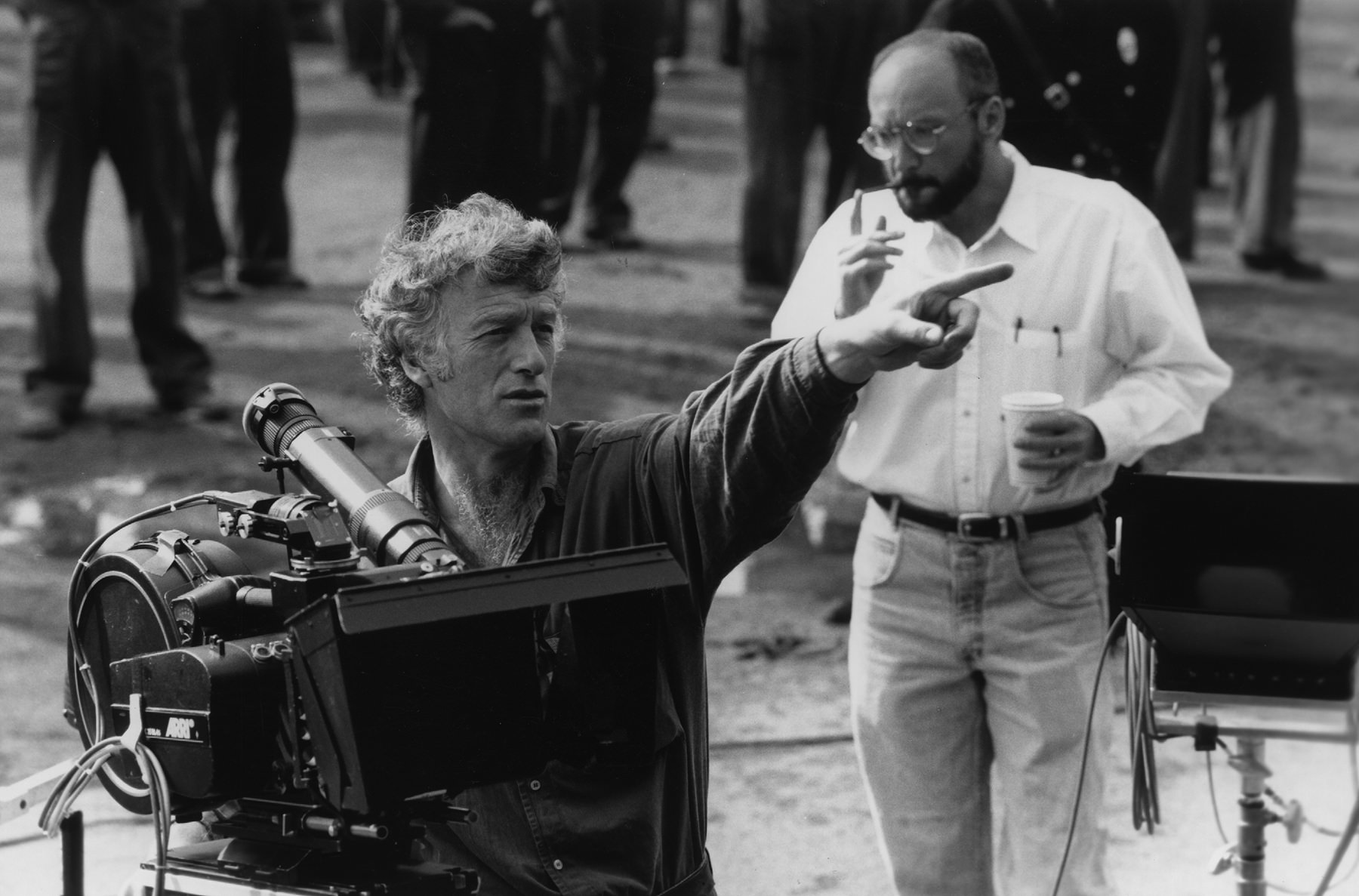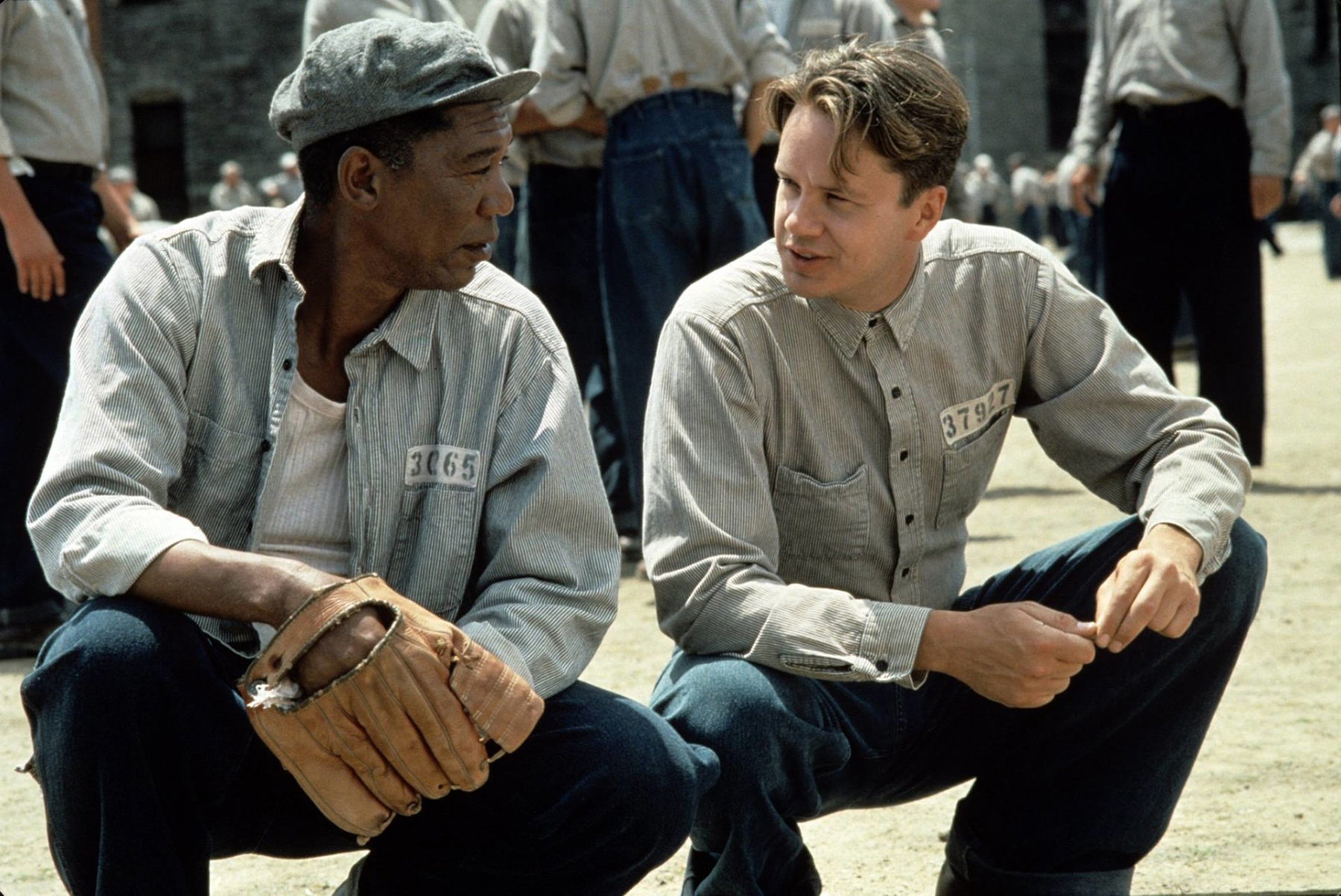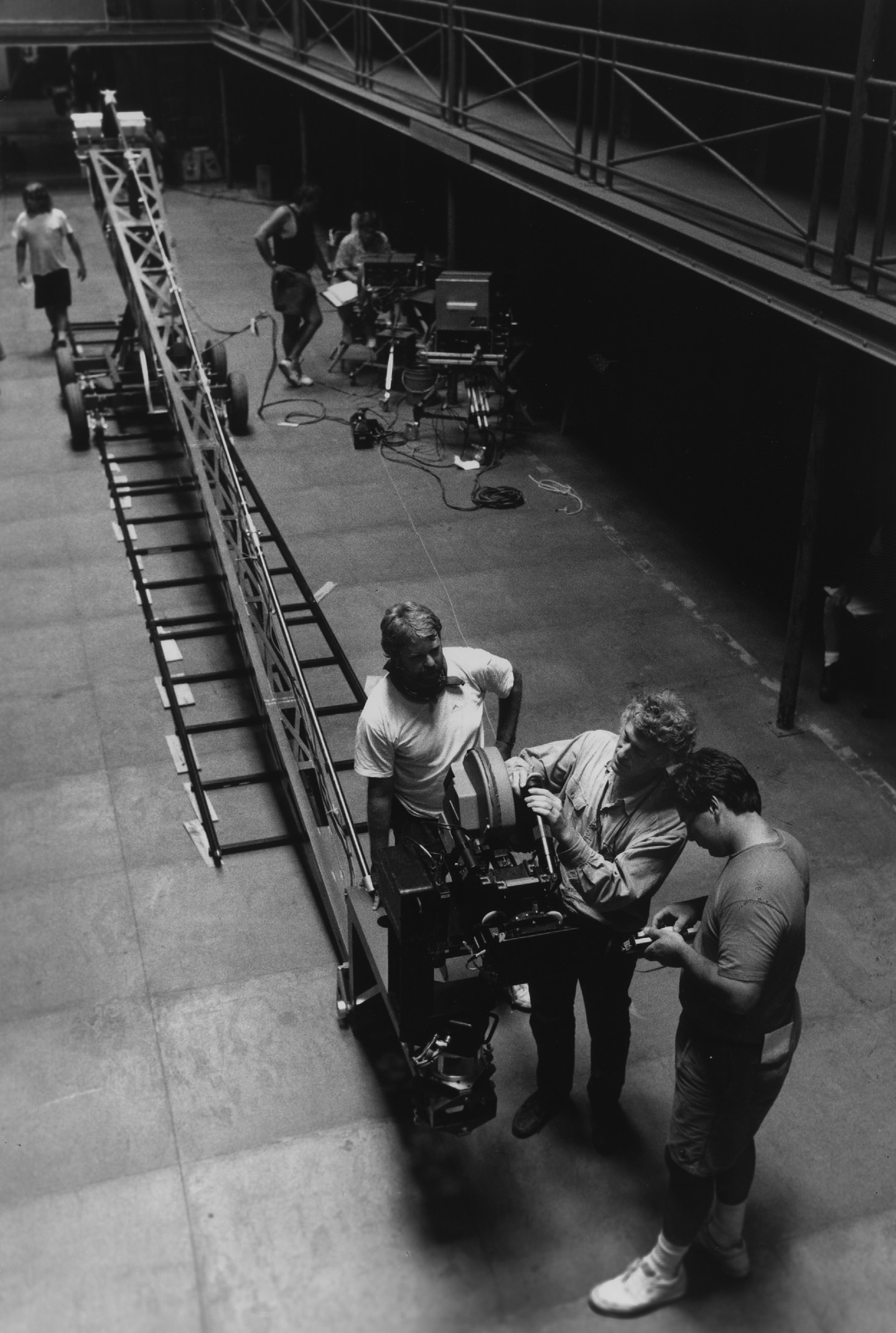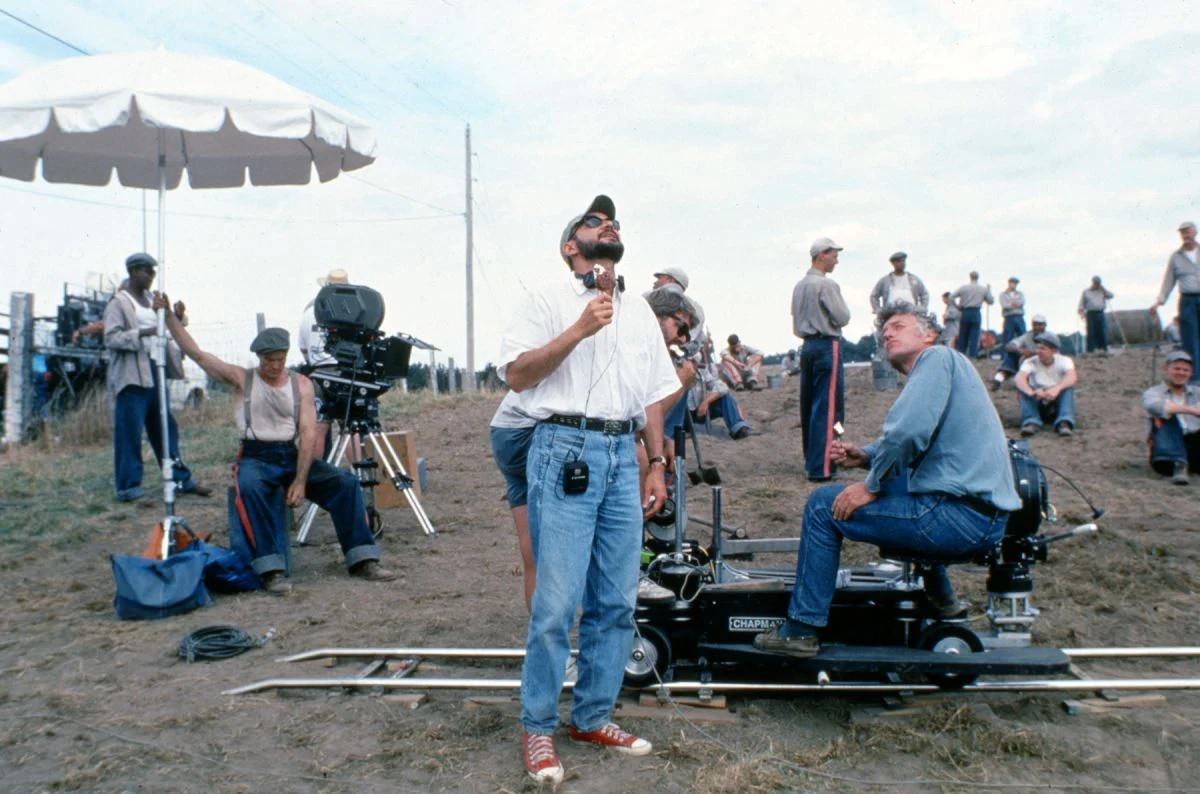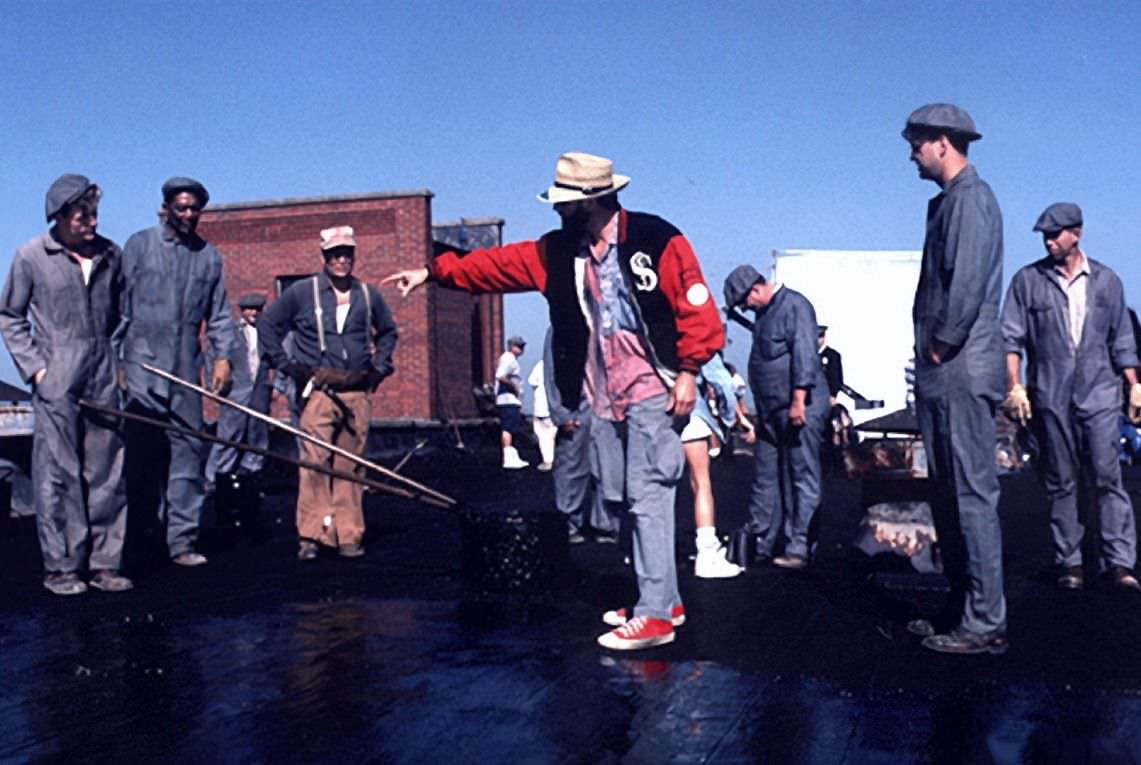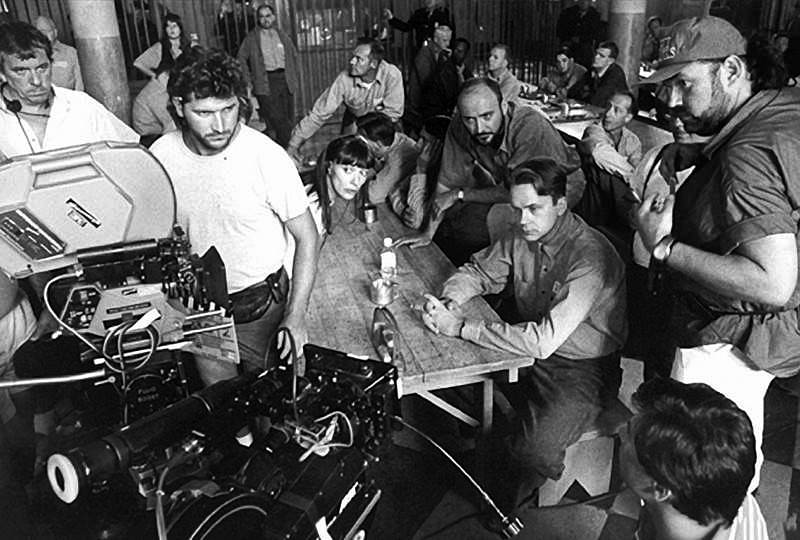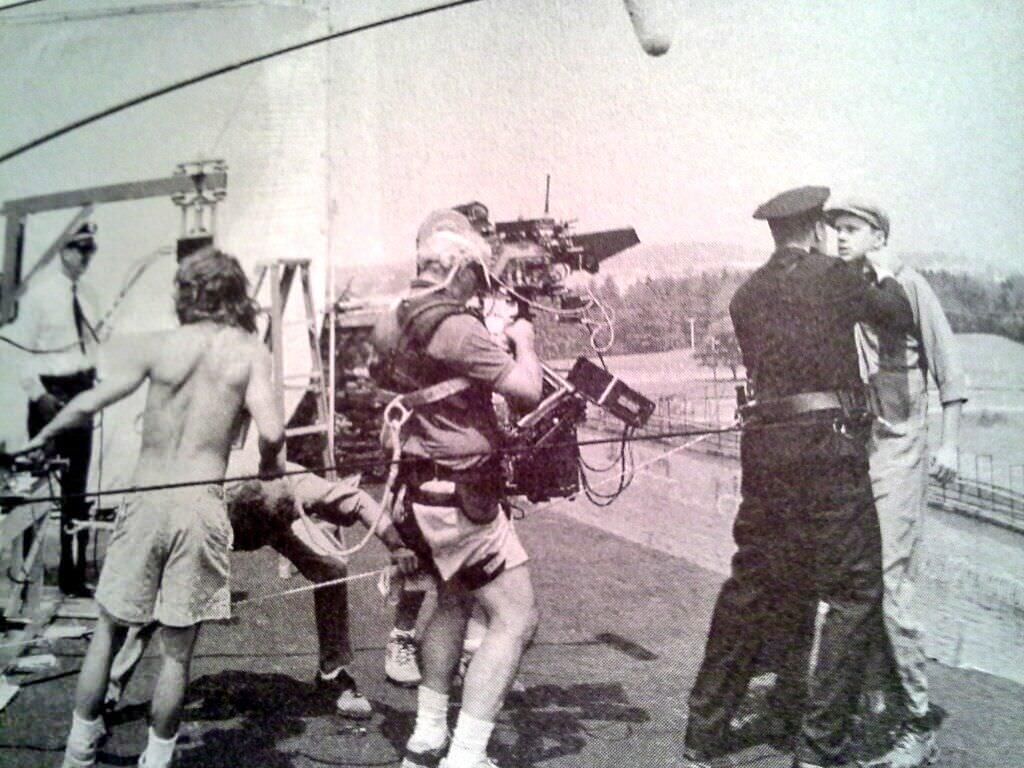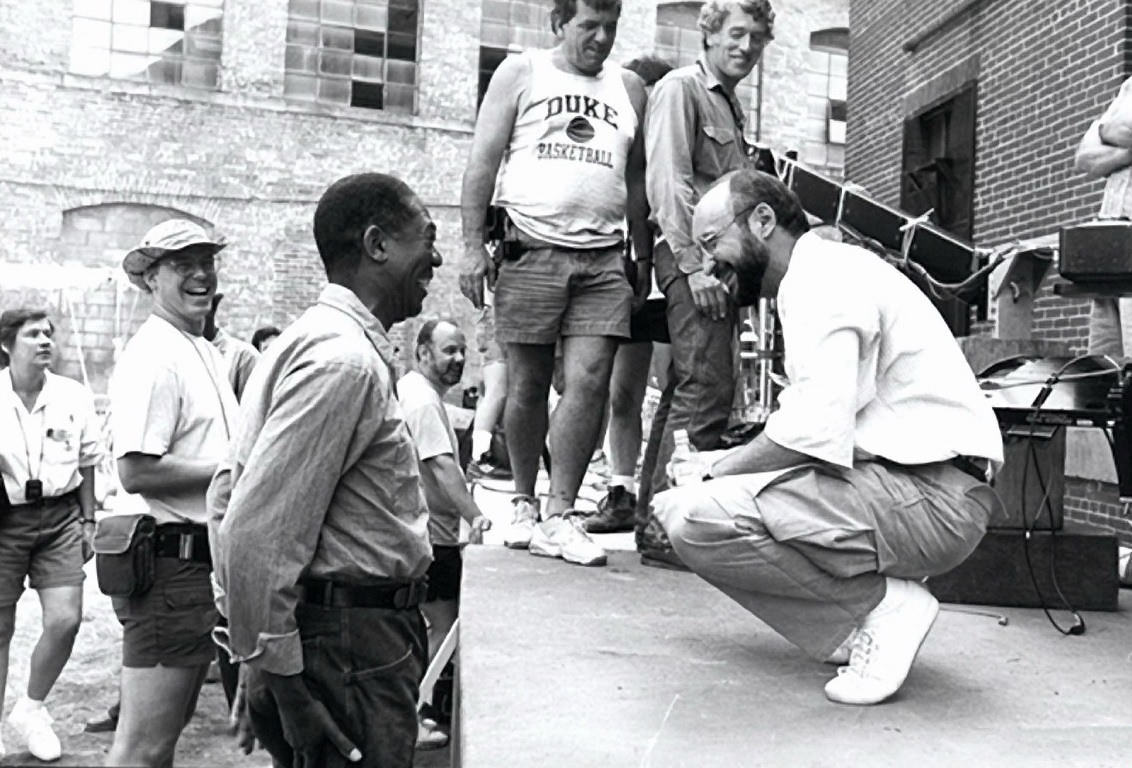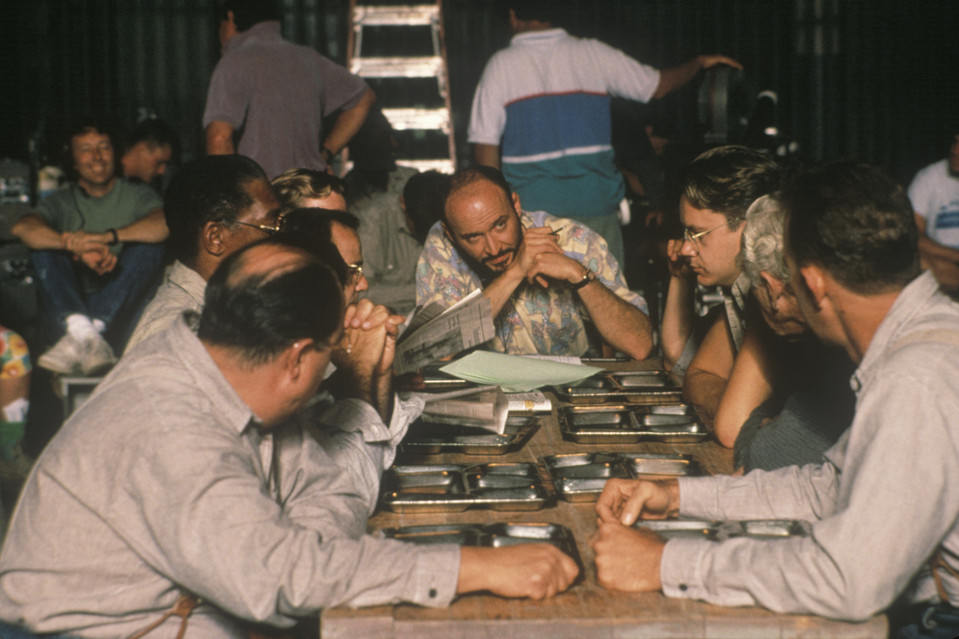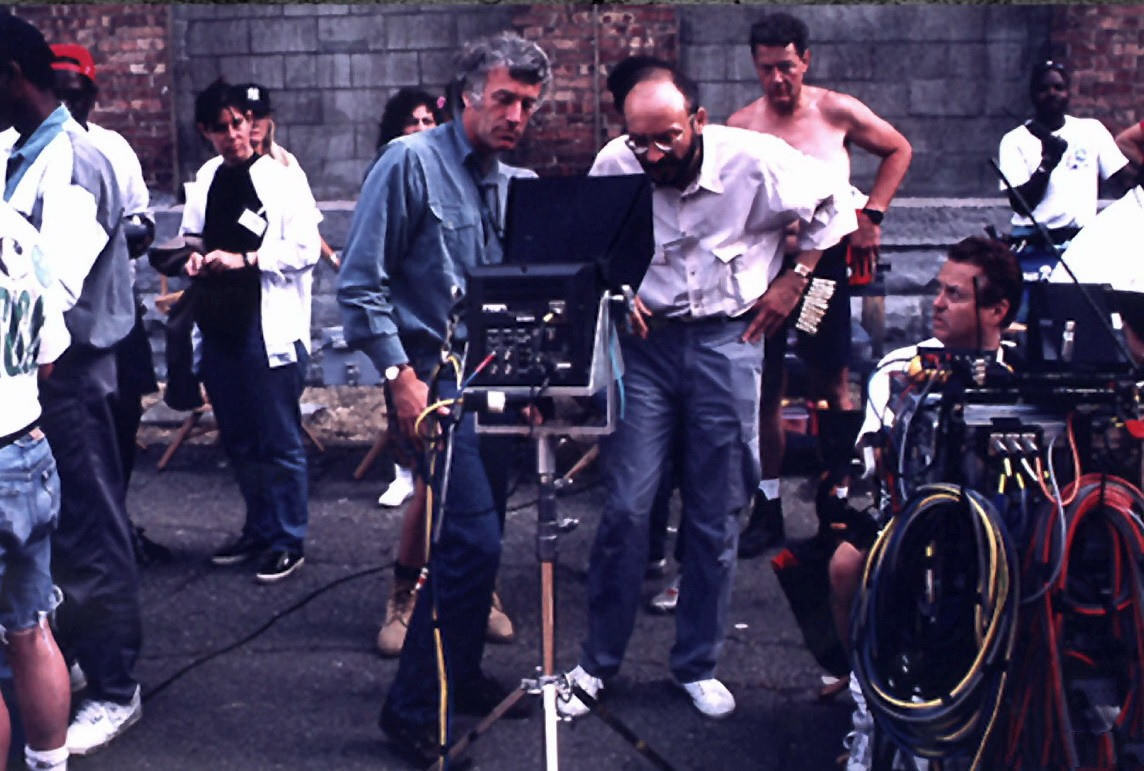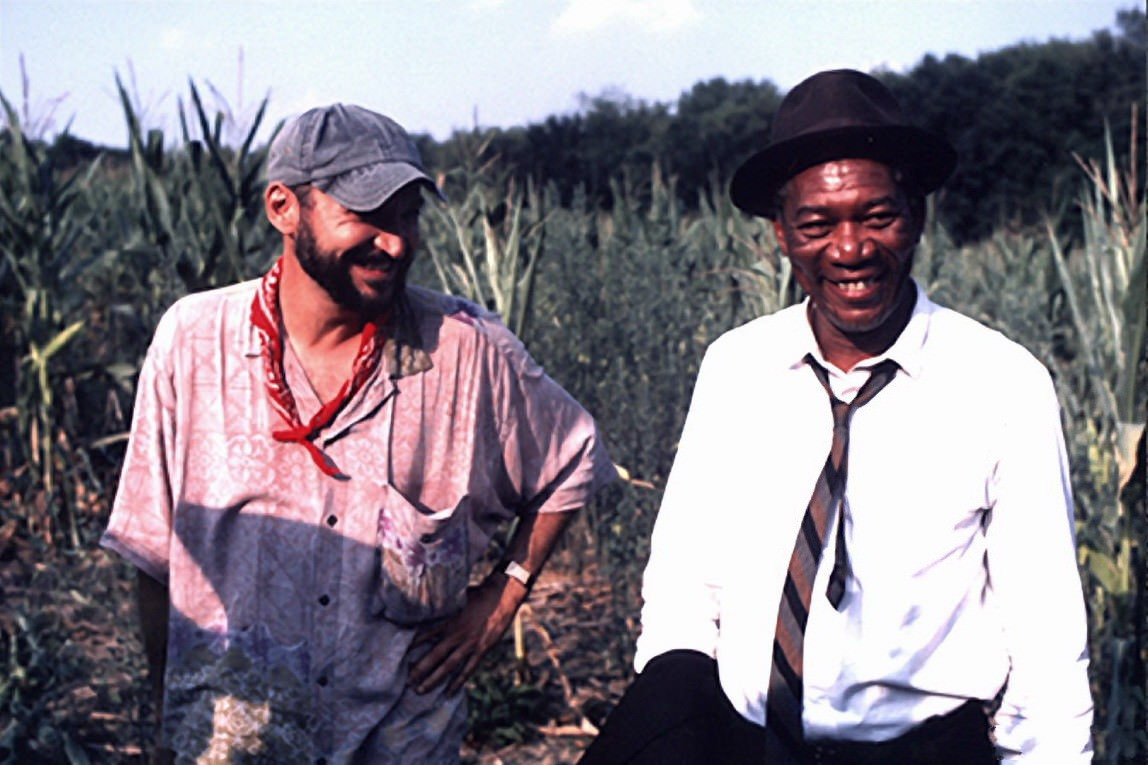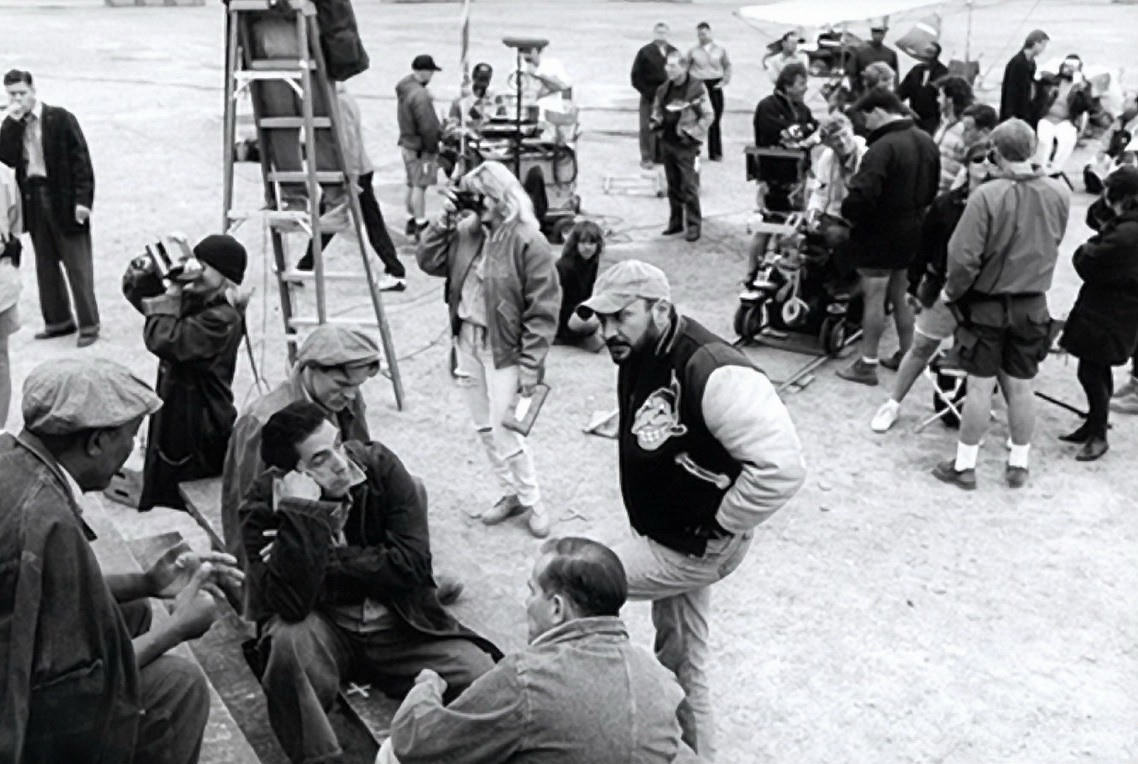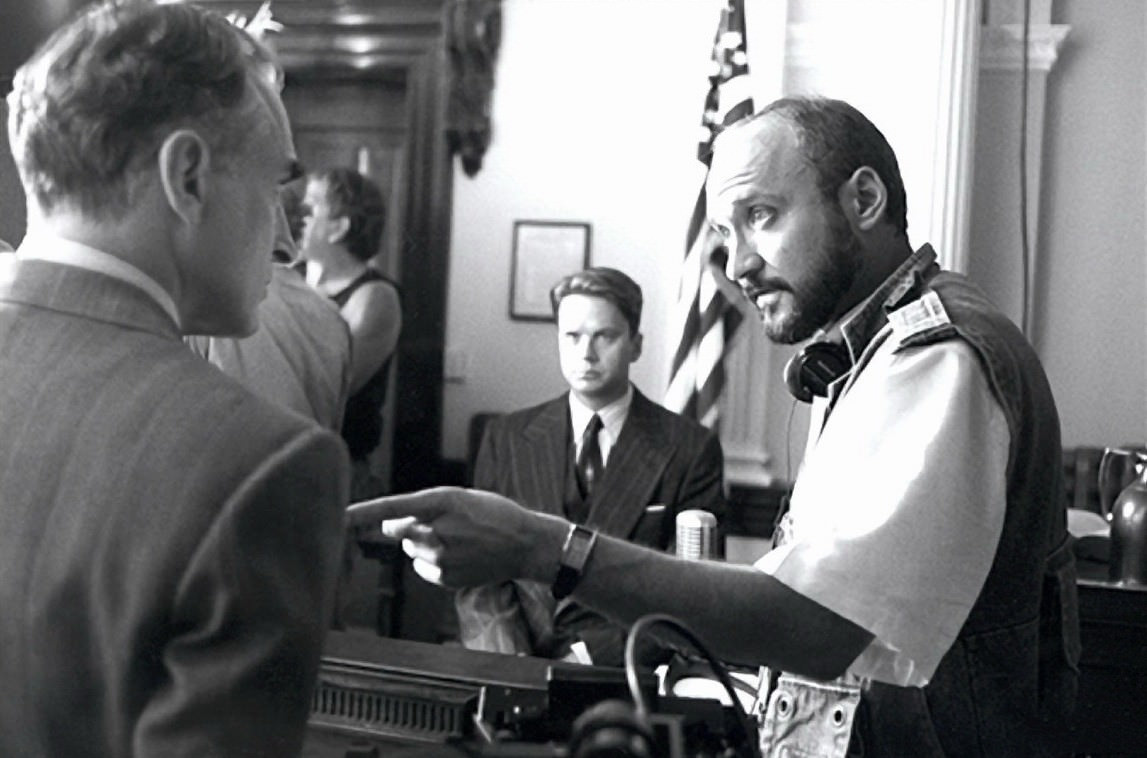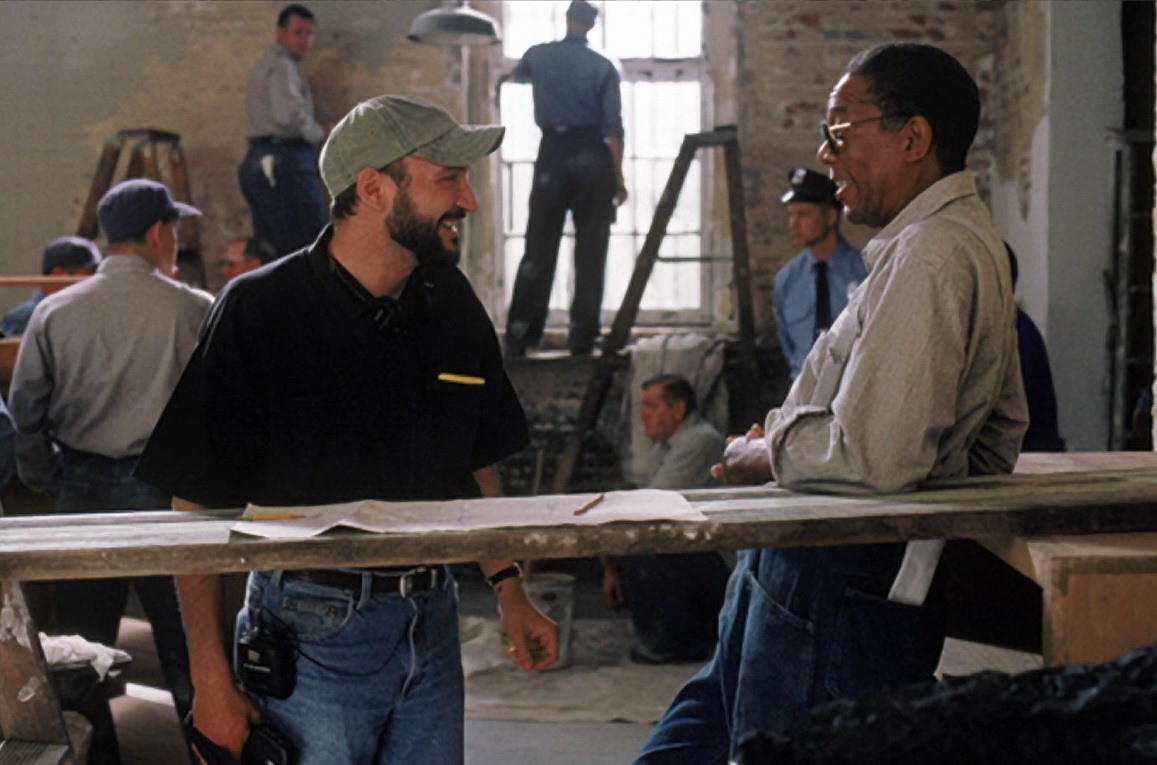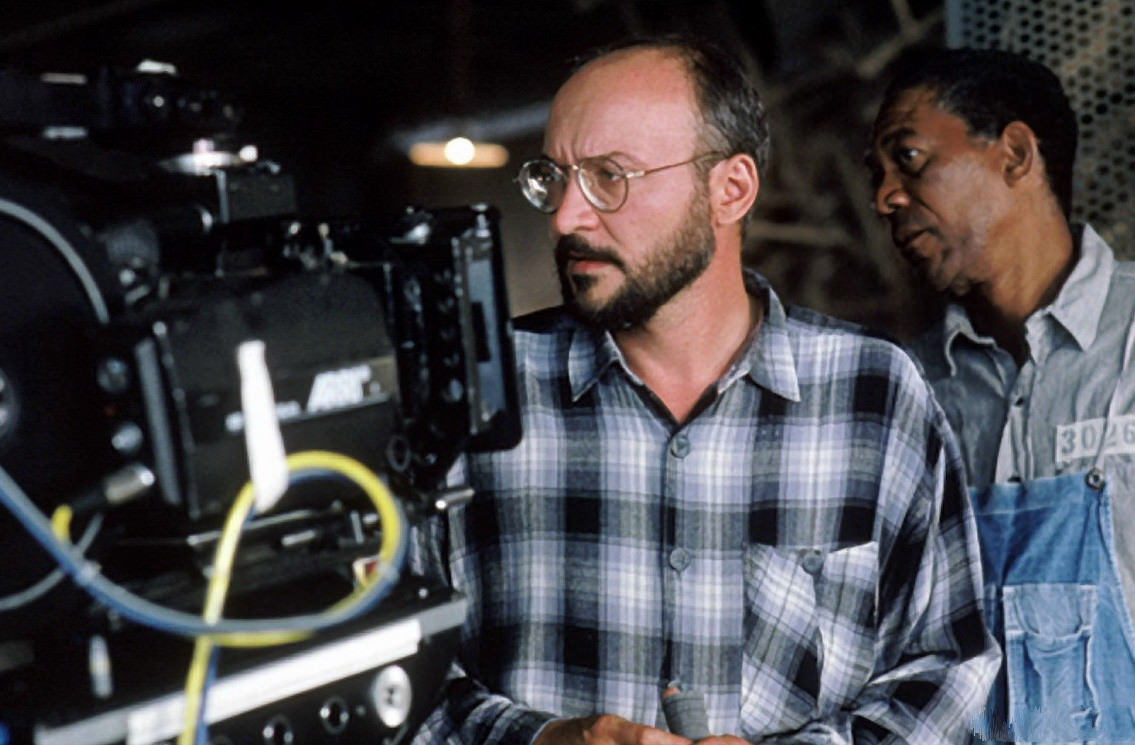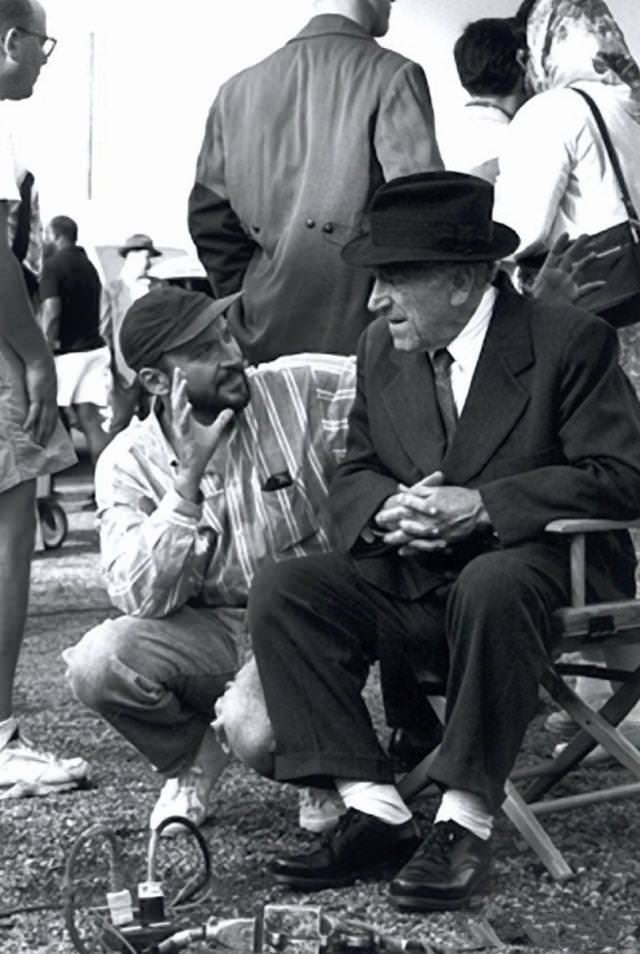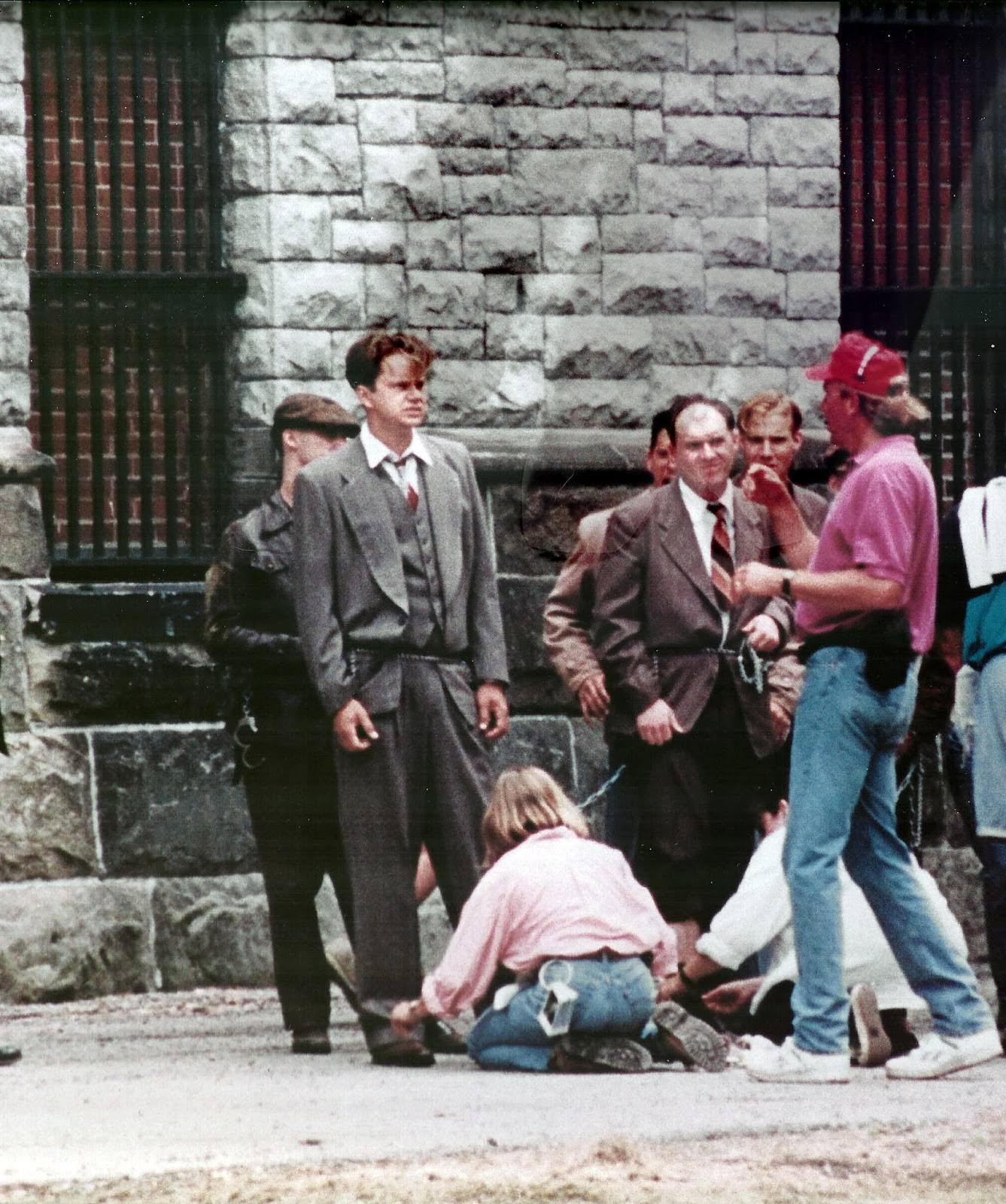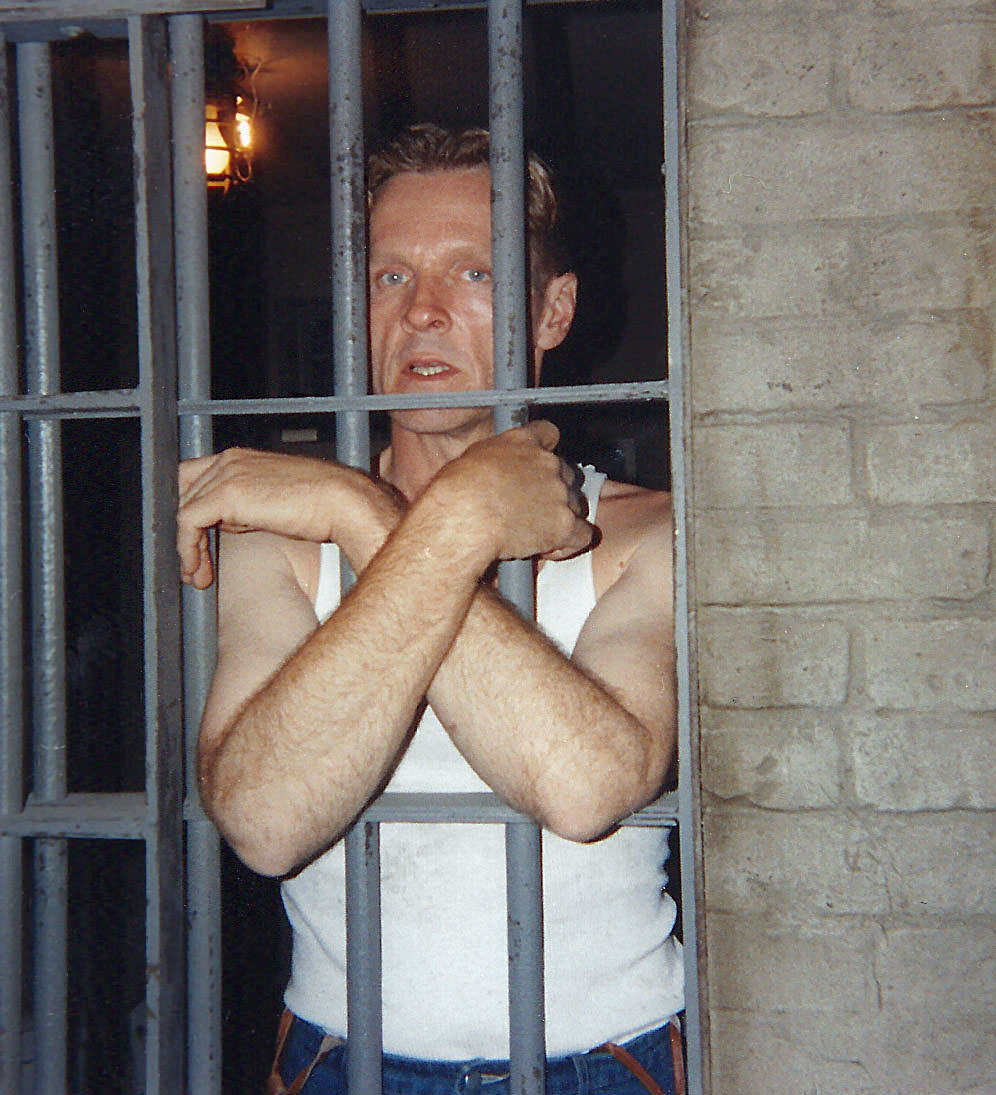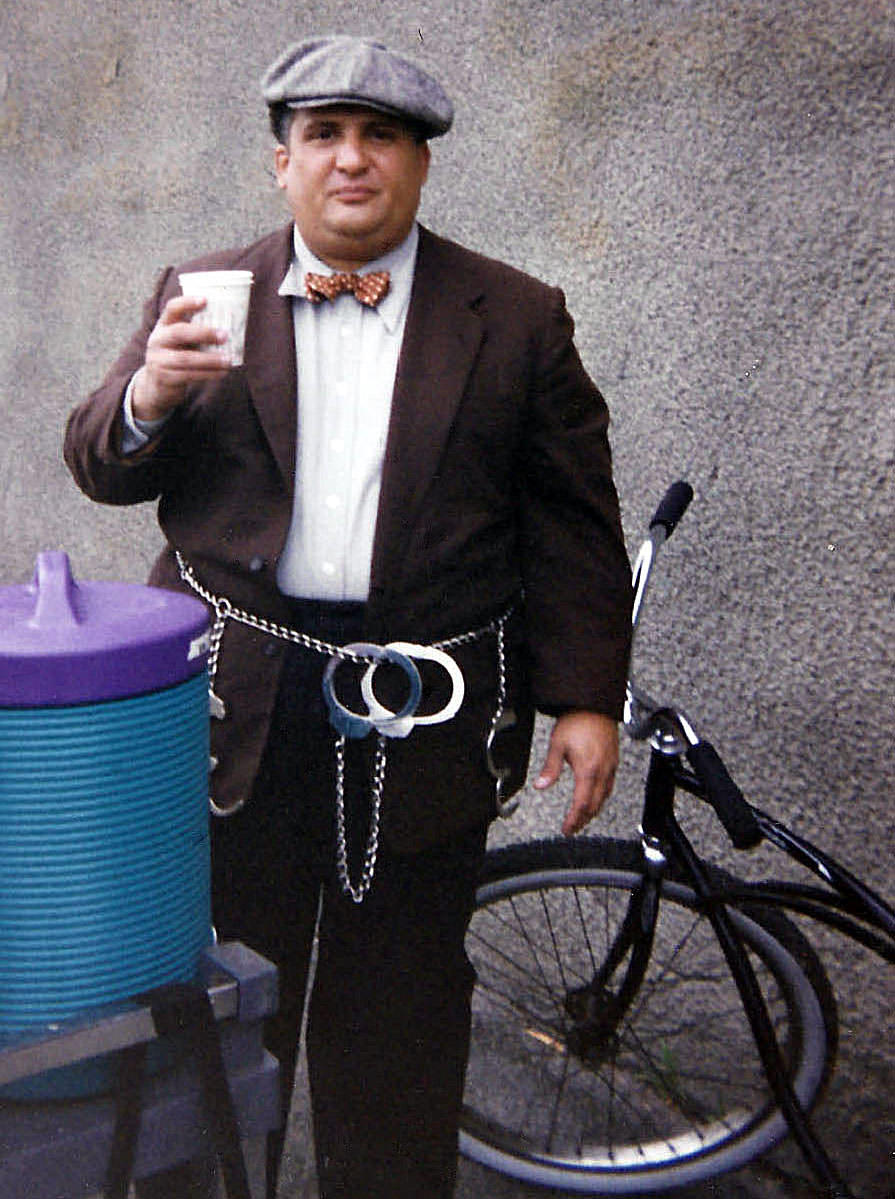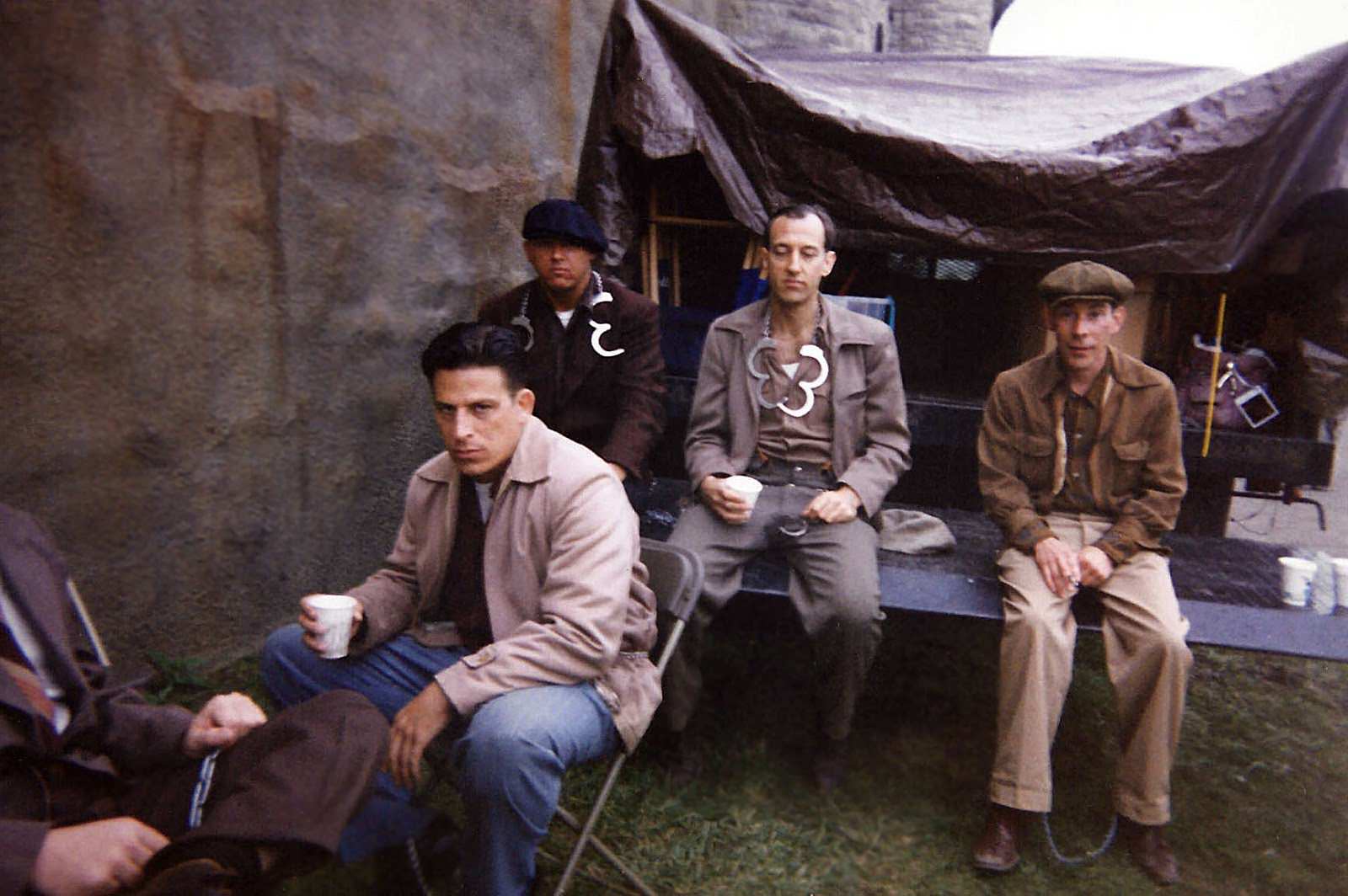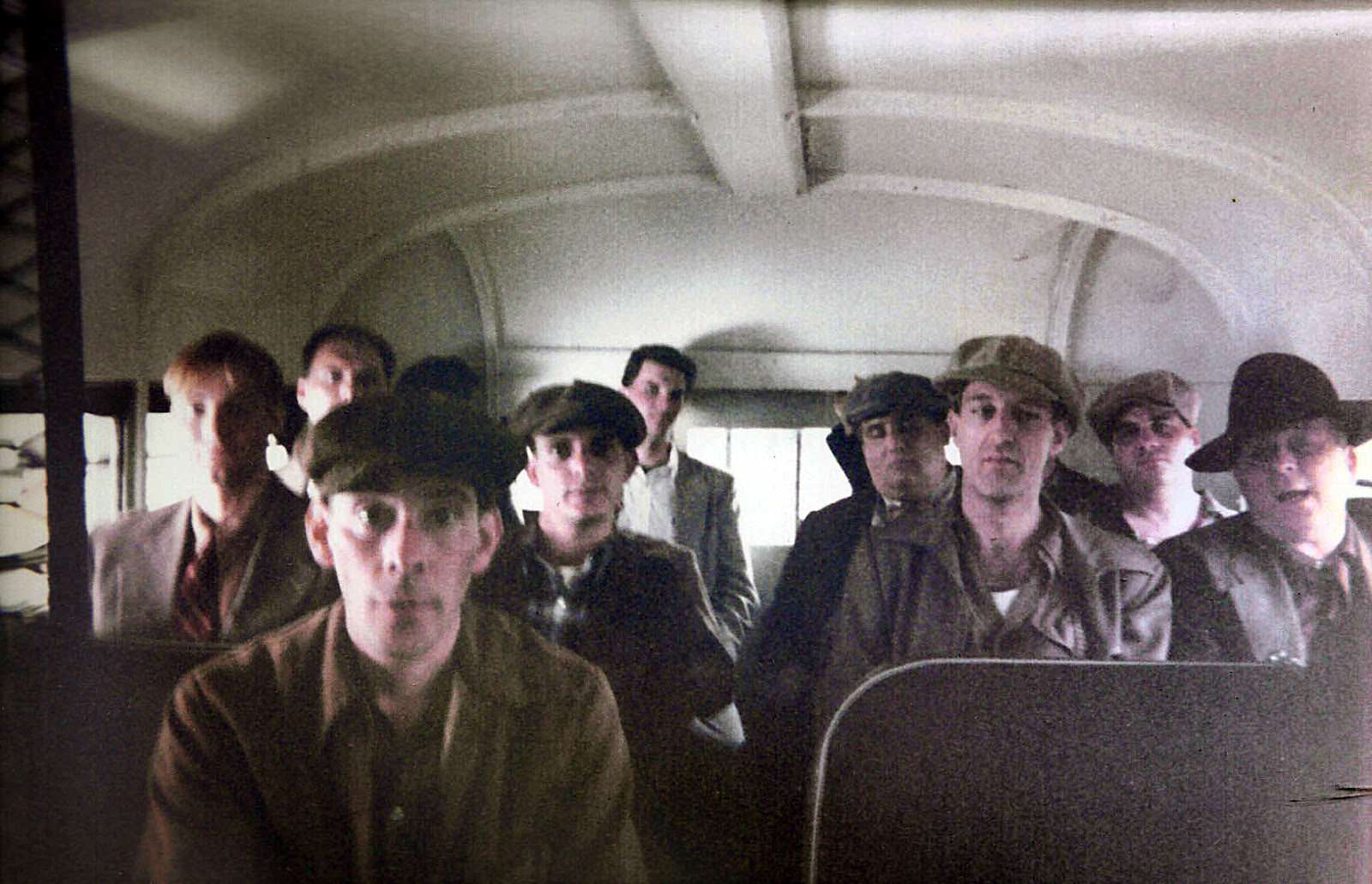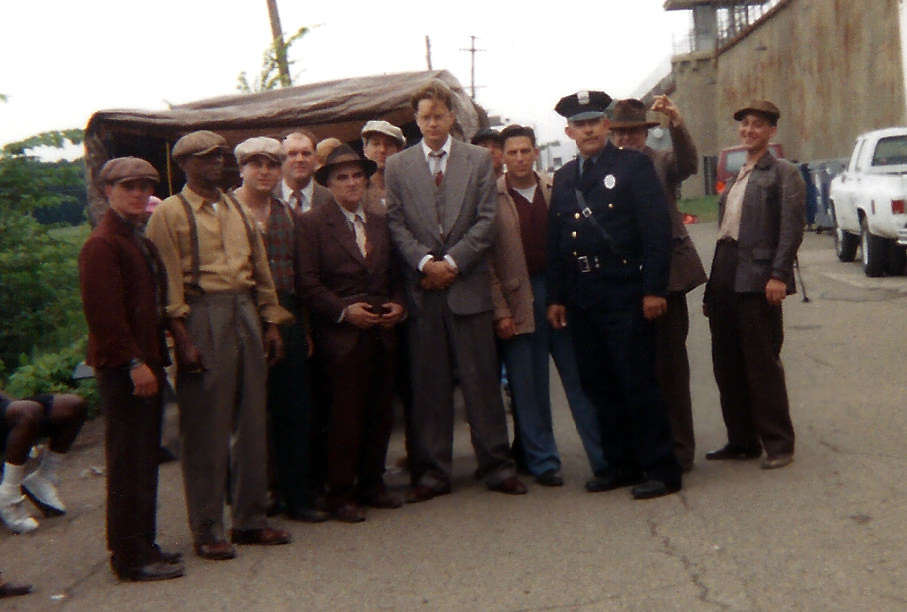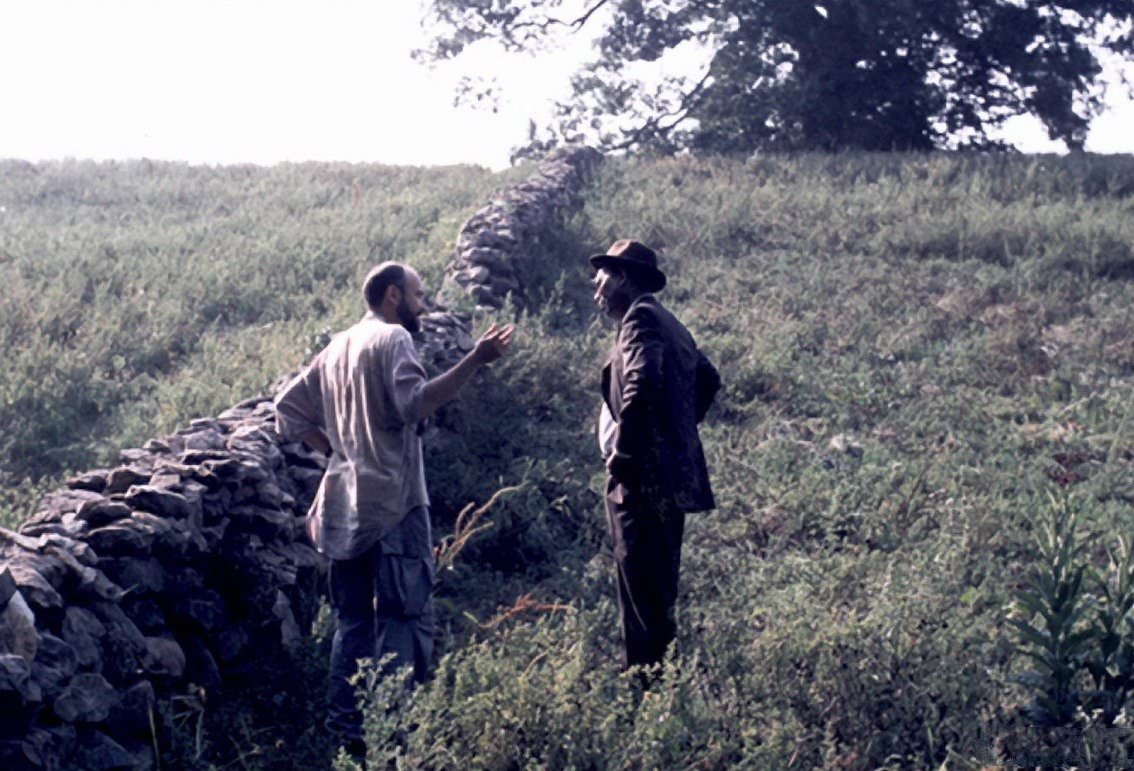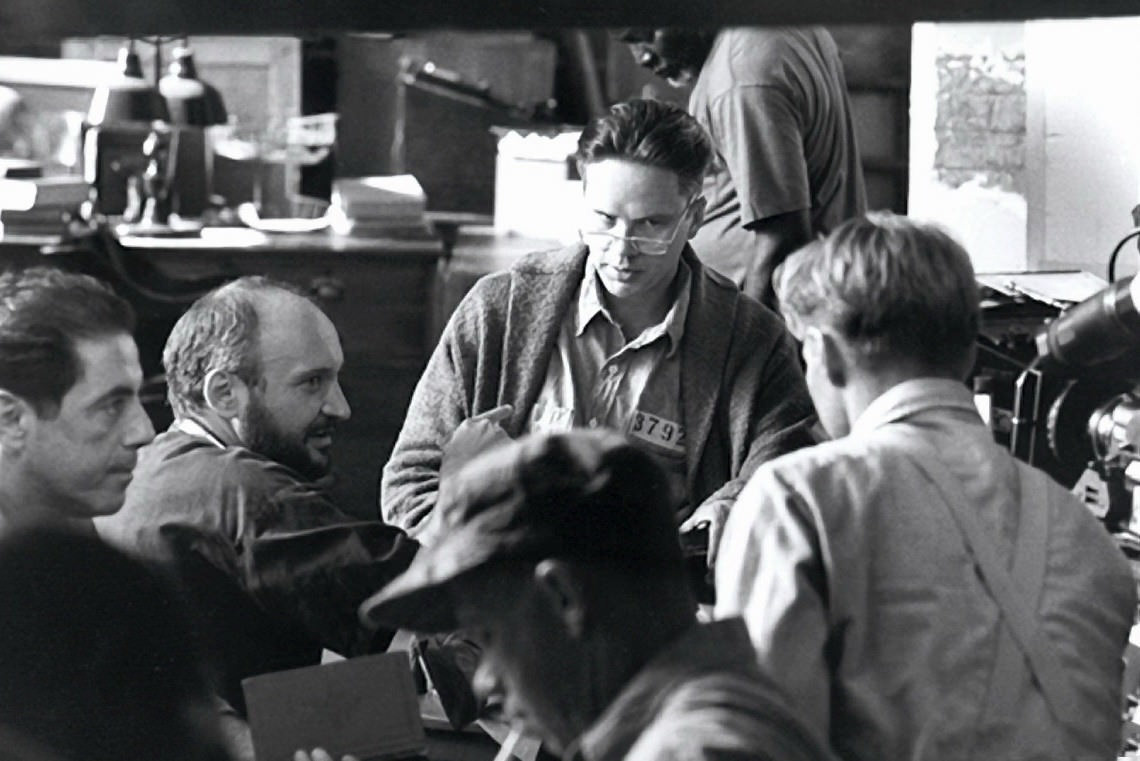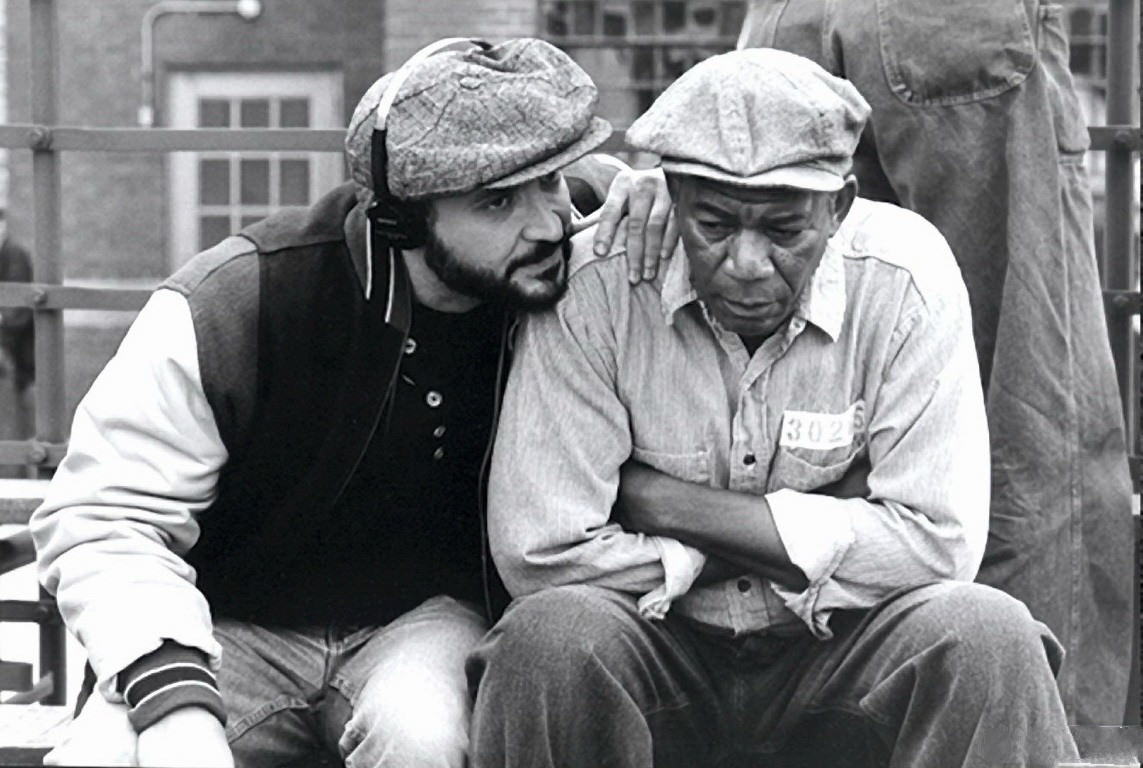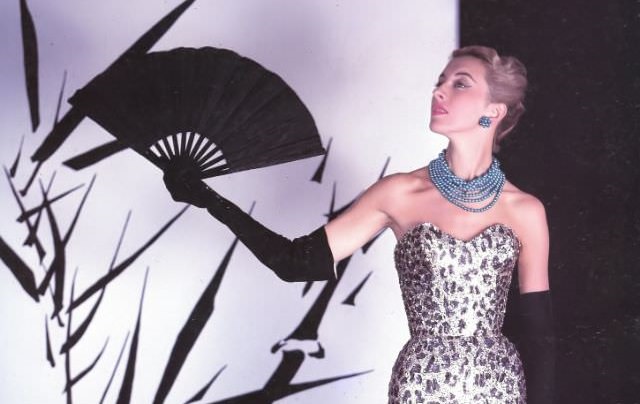In the history of cinema, few films have achieved the revered status of “The Shawshank Redemption.” Despite its initial modest box office performance in 1994, the movie has grown in stature through the years. The making of this film is a fascinating story of vision, persistence, and a remarkable collaboration of talents.
Concept and Direction
“The Shawshank Redemption” was directed by Frank Darabont, who also adapted Stephen King’s 1982 novella “Rita Hayworth and Shawshank Redemption” for the screen. Darabont bought the film rights to King’s story for a modest sum, inspired by its themes of hope and human endurance. His vision was to create a film that, while grounded in the harsh realities of prison life, also carried a profound, uplifting message.
Casting the Characters
The film’s casting was a critical element of its success. Tim Robbins was cast as Andy Dufresne, a banker sentenced to life in Shawshank State Penitentiary for the murder of his wife and her lover, a crime he did not commit. Morgan Freeman played Ellis “Red” Redding, a long-term inmate who becomes Andy’s closest friend. Freeman’s portrayal of Red, the film’s narrator, brought a depth and gravitas that anchored the movie. Other key cast members included Bob Gunton as Warden Norton, William Sadler as Heywood, and Clancy Brown as Captain Hadley.
Shooting and Locations
Principal photography for “The Shawshank Redemption” took place over three months in 1993. The Ohio State Reformatory in Mansfield, Ohio, served as the primary filming location, standing in for the fictional Shawshank State Penitentiary. The choice of location was crucial to the film’s authenticity, with the reformatory’s imposing Gothic architecture providing the perfect backdrop for the story’s setting. Additional locations in and around Mansfield, including the Bissman Building and Malabar Farm State Park, were used to capture various scenes.
Challenges in Production
One of the most significant was the film’s budget constraints, which necessitated careful planning and creative solutions from the production team. Despite these limitations, Darabont and his crew succeeded in bringing King’s story to life with remarkable fidelity. The film’s production design, cinematography, and score, composed by Thomas Newman, all played critical roles in creating its immersive world and emotional resonance.
Box Office and Legacy
Upon its release in September 1994, “The Shawshank Redemption” received critical acclaim but did not immediately achieve box office success, grossing about $28 million during its initial run against a budget of $25 million. However, the film’s fortunes changed dramatically in the years that followed. It became a staple of home video and television broadcasts, gaining a vast and passionate fan base. Its critical standing also grew, and it received seven Academy Award nominations, including Best Picture, Best Actor for Freeman, and Best Adapted Screenplay for Darabont.


